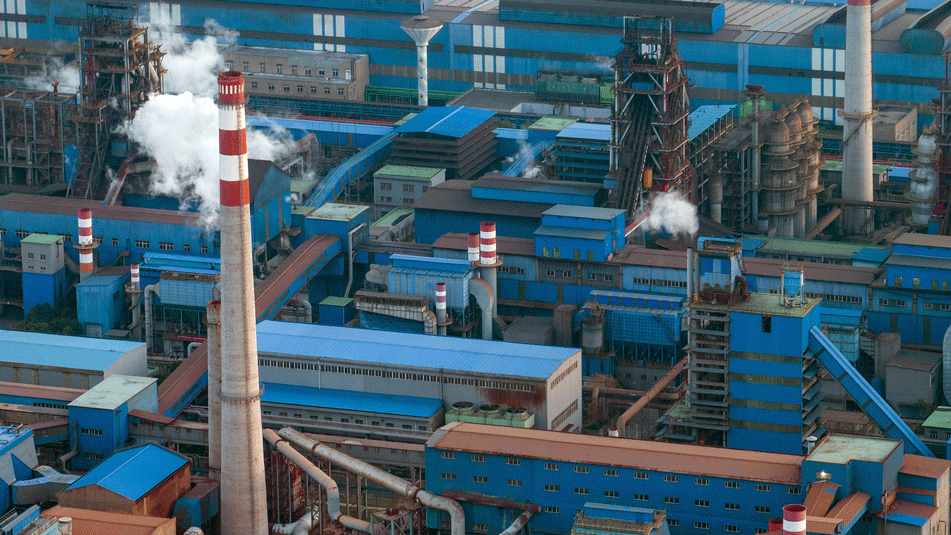
Greenpeace Warns Excess Coal to Cost China 1 Trillion Yuan
Despite attempts by the Chinese government to limit overcapacity in the coal industry, the country is at risk of wasting more than 1 trillion yuan (nearly $150 billion) by 2020, according to a report published on Wednesday by environmental group Greenpeace East Asia.
After more than a decade of speedy growth, China’s coal industry has for years been in a rut, with falling prices, falling demand, and falling job security.
Attempting to cut redundant coal power, the Chinese government has issued four policy documents aimed at bringing back capacity in the first half of 2016.
Greenpeace nevertheless said the new regulations won’t sufficiently limit production in China’s coal industry. Their data show that China is still be on track to build one new coal-fired power plant per week for the next six years.
A plan issued in February by the State Council, China’s cabinet, set several goals, including cutting 500 million tons of coal capacity in three to five years, as well as a moratorium on new permits for coal mines in the next three years.
In April, the National Energy Administration and the National Development and Reform Commission jointly published new regulations in three different documents, setting out measures to cut overcapacity.
Greenpeace’s data comes from mapping both coal-fired power plant projects that have been approved and those that have been under construction since the end of 2015.
The group said one of the main reasons coal power plants continue to be built is the fact that the central government granted provinces the power to green-light new power plants in early 2015. Greenpeace is calling on China to strengthen the new regulations and rethink its new coal projects.
The NGO argues that apart from the spending on coal being wasteful, it also challenges China’s commitment to cutting air pollution and carbon emissions.
Guo Jianli, head of economics research at the China Coal Strategic Planning Research Institute, an industry think tank, told Sixth Tone that investments in the coal industry have been declining for years, following the drop in demand.
Data from the China National Coal Association show that the coal industry’s profits are currently just a tenth of what they were in 2011. In 2015, more than 90 percent of big coal companies reported losses.
But since big projects take years to plan and complete, there is always a certain lag time. According to Guo, “Though the capacity and demand are still unbalanced, the gap is smaller than before, and it’s believed it will go down due to the current regulations.”
(Header image: Coal gangue is piled up next to a corn field at a coal mine on the outskirts of Jixi, Heilongjiang province, Oct. 23, 2015. Jason Lee/Reuters/VCG)














